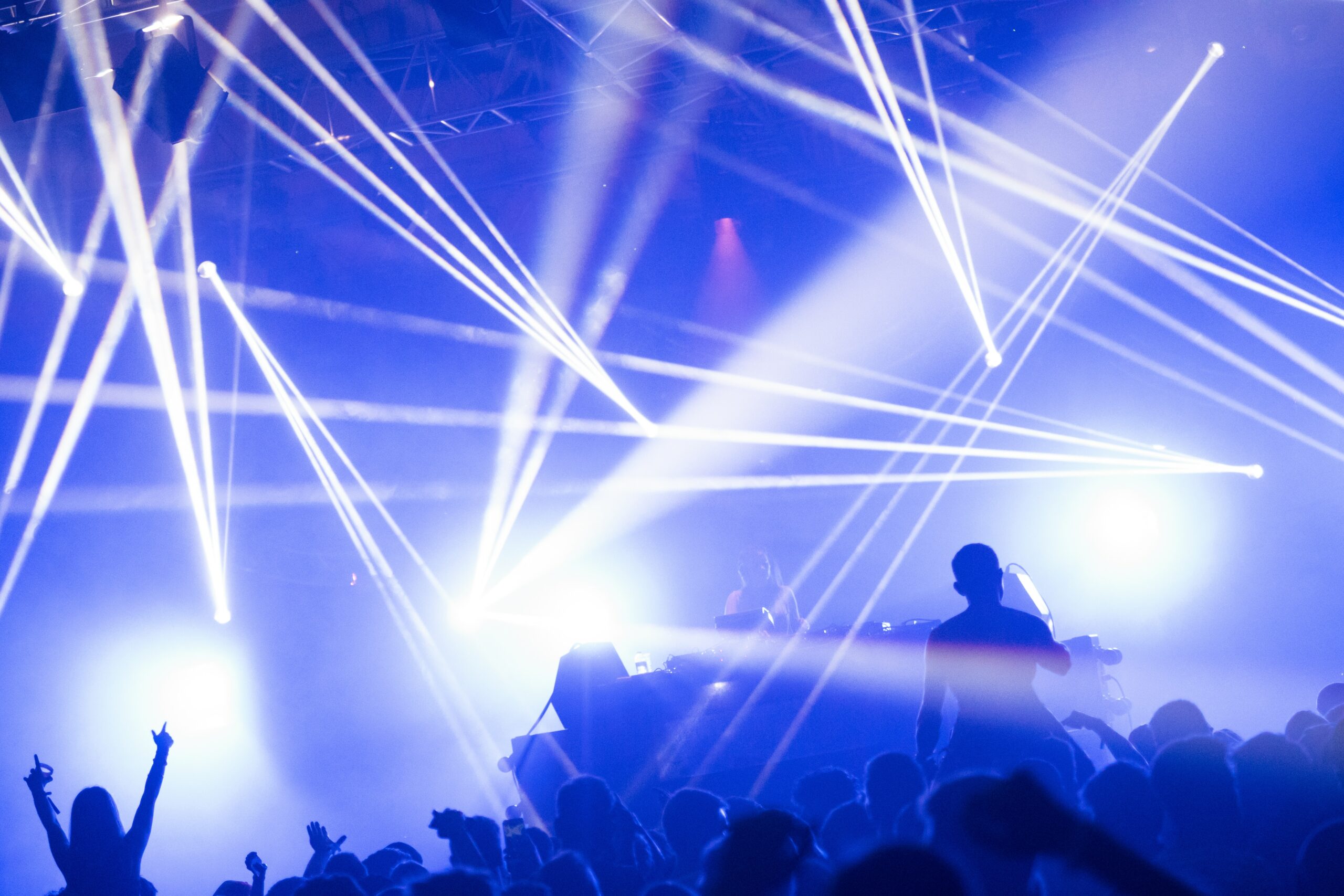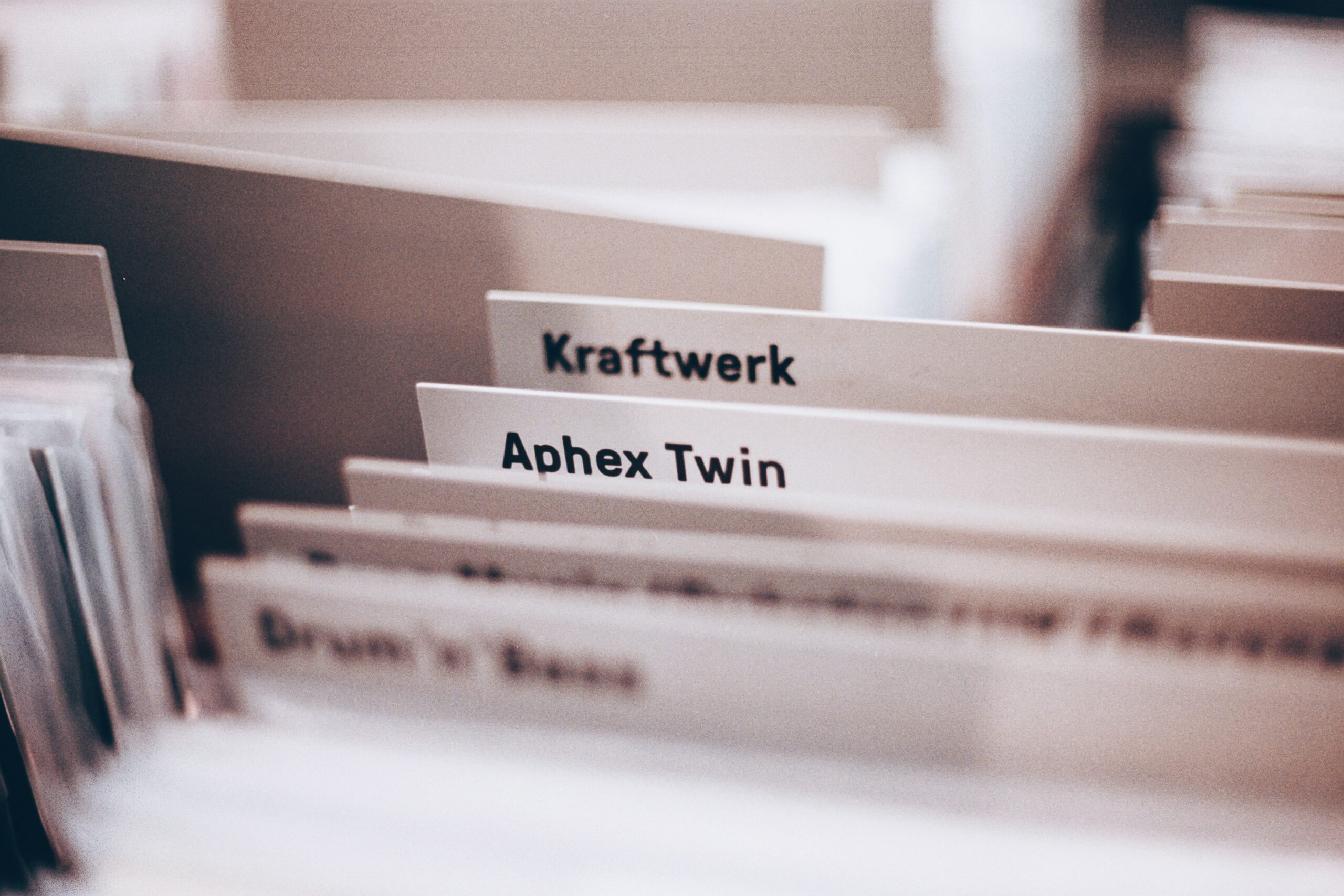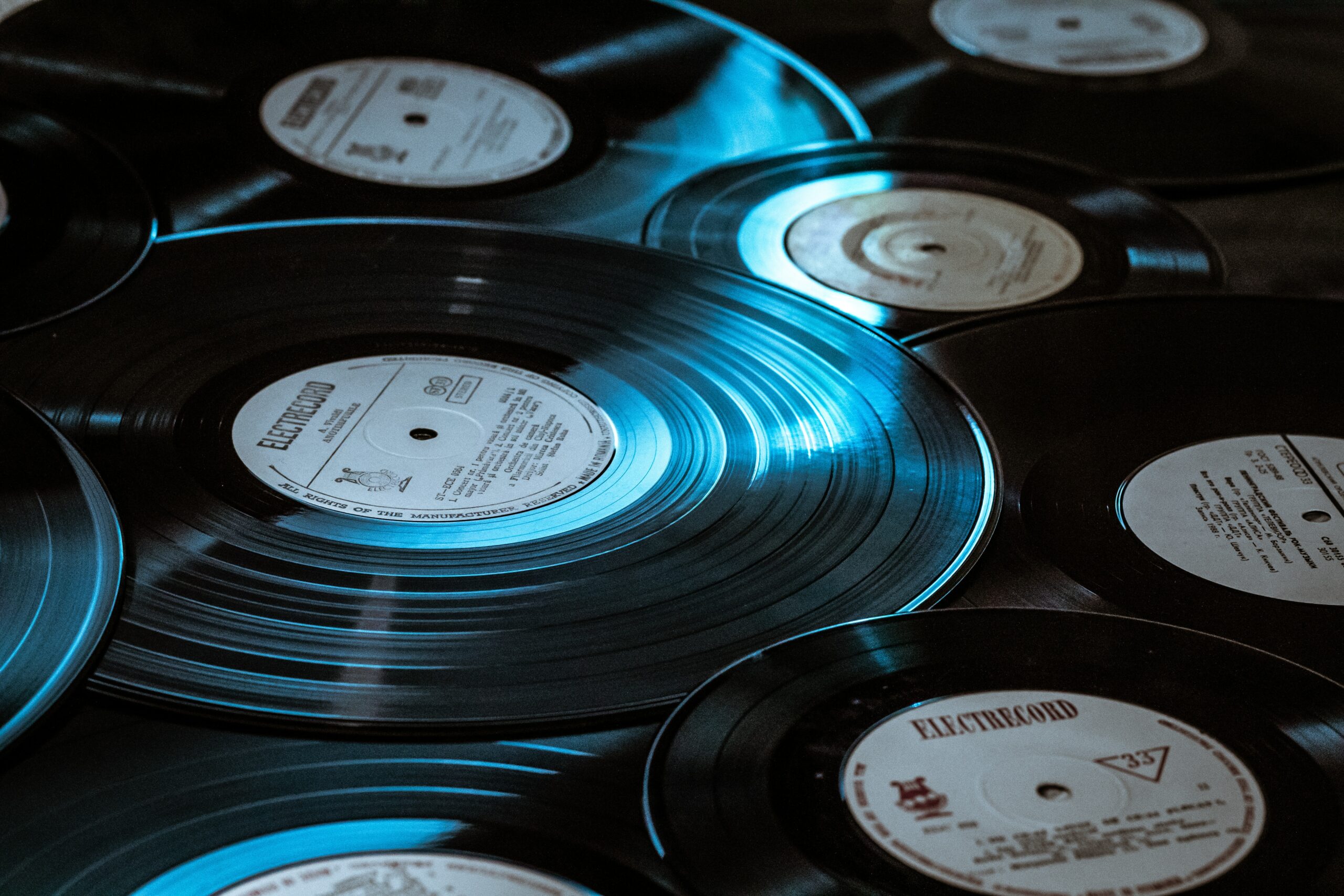Electronic music, a genre that has revolutionized the way we perceive and create music, has a rich and intriguing history spanning several decades. From its humble experimental beginnings generated by early electronic instruments to its current status as a global phenomenon. Electronic music has continually pushed the boundaries of creativity and technological innovation. In this article, we delve into the history of electronic music.
The Birth of Electronic Sound
The roots of electronic music can be traced back to the late 19th and early 20th centuries, when inventors and composers began exploring new possibilities for creating and manipulating sound. One of the earliest pioneers was Italian engineer Luigi Russolo. In his 1913 manifesto “The Art of Noises” Russolo advocated for the use of mechanical devices to produce sounds, challenging the traditional boundaries of music.
The Rise of Synthesizers
In the mid-20th century, the invention of electronic instruments, particularly the synthesizer, marked a huge turning point. The first notable breakthrough came in 1954 with the creation of the RCA Mark II Sound Synthesizer. This massive machine used vacuum tubes and punched paper rolls to generate and modify sound. Paving the way for further advancements, it facilitated the groundbreaking work of American engineer Robert Moog.
Robert Moog is often credited as the father of the modern synthesizer. In the 60s, he developed the Moog synthesizer, a more compact and versatile instrument that became very popular. Its ability to create unique sounds and manipulate various parameters opened up new creative possibilities. For example, artists like Wendy Carlos, Kraftwerk, and Pink Floyd used Moog synthesizers to shape their distinctive sonic landscapes.

Electronic Music and Pop Culture
The 70s witnessed the exciting integration of electronic music into pop culture. Kraftwerk, a German electronic music band, popularized the use of synthesizers in mainstream music and pioneered the genre known as “electronic pop.” For example, their influential album “Autobahn” (1974) showcased a style of fusing electronica with catchy melodies.
At the same time, Italian producer Giorgio Moroder pushed the development of disco music, infusing it with electronic elements too. His work with Donna Summer, including the iconic hit “I Feel Love” (1977), not only propelled disco to new heights but also embodied the potential of electronic music in creating dancefloor anthems.
The Rise of Electronic Dance Music (EDM)
The 80s and 90s marked times of explosive growth for electronic music, particularly in the realm of dance music. Genres like House, Techno, and Trance emerged, thanks to affordable synthesizers, drum machines, and sequencers. DJs and producers began experimenting with electronic beats, samples, and hypnotic rhythms, creating a new wave of dancefloor-oriented music.
In the late 80s, the rise of rave culture and the introduction of MDMA (ecstasy) influenced the development of electronic dance music (EDM). Massive outdoor parties and underground club scenes became the breeding ground for this new genre. A world characterized by pulsating beats, repetitive patterns, and euphoric atmospheres. DJs like Frankie Knuckles, Juan Atkins, and The Prodigy played crucial roles in shaping the sound and culture of this era.

Electronic Music in the Digital Age
The turn of the millennium brought a big shift in the production and distribution of electronic music. As you can imagine, caused by the wide availability of affordable digital audio workstations (DAWs). But also not the least; the rise of the Internet.
Thanks to digital technology, music production again became more accessible to a wider audience. Artists were creating music on their personal computers using software-based synthesizers, samplers, and sequencers.
The digital age also revolutionized the way music was shared and consumed. Online platforms and digital music stores allow artists to release their music directly to the public. Bypassing traditional record labels, this democratization of distribution opens up new opportunities for independent artists. Moreover, leading to the rise of countless subgenres within electronic music.
During the 2000s, electronic music continued to evolve. Besides House and Techno, countless subgenres have emerged. Dubstep, Drum and Bass, and Electro gained popularity, each with its unique characteristics and fan base. Artists like Skrillex, Deadmau5, and Daft Punk reached mainstream success, bringing electronic music to the forefront of popular culture.

In conclusion, the history of electronic music has been a journey of innovation, experimentation, and creative exploration. Looking to the future, it’s certain the genre will continue to surprise us with its boundless potential.
What are your views on electronic music?
Shoot us an email with your remarks, tips, or questions anytime!
